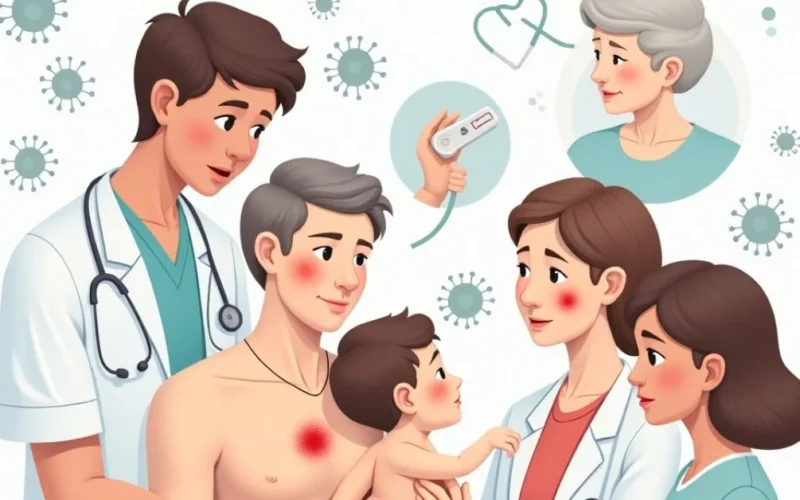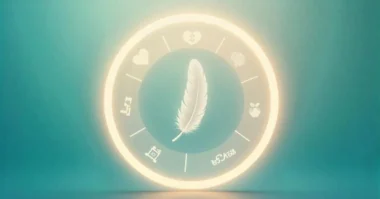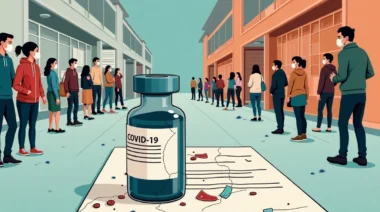Table of Contents
- Introduction
- RSV Rash in Infants and Toddlers
- RSV Rash in Older Children
- RSV Rash in Adults
- RSV Rash in Older People and People With Weak Immunity
- Common Symptoms of RSV Rash
- Causes Behind the RSV Rash
- Effective RSV Rash Treatments for All Ages
- When to See a Doctor?
- Home Care Tips for RSV Rash Relief
- How to Prevent RSV Rash and Infection?
- Conclusion
Introduction
Respiratory Syncytial Virus (RSV) is a common virus that affects the lungs and breathing passages. While RSV mainly causes cold-like symptoms, some people, especially infants, young children, and older people, may develop an RSV-related rash during or after infection. This rash can appear on the face, arms, chest, back, or legs. The RSV rash usually develops due to the body’s immune response to the virus. It can also be a side effect of fever or an allergic reaction to medications used during treatment.
RSV Rash in Infants and Toddlers
Infants are at a higher risk of severe RSV. The rash in babies usually appears as:
- Tiny red or pink spots (called a viral exanthem)
- Patches that feel rough to the touch
- Sometimes accompanied by fever, coughing, or irritability
Parents should look out for:
- Rash spreading quickly
- Rash with high fever (above 100.4°F / 38°C)
- Difficulty breathing or feeding
Early medical attention helps reduce RSV rash discomfort and prevents complications.
RSV Rash in Older Children
Children over age 3 may not show severe respiratory symptoms, but they can still get an RSV rash. These rashes may include:
- Red or purple blotches on arms or legs
- Bumpy rashes that look like hives
- Rash appears after the fever starts to go away
In some cases, scratching makes the rash worse and leads to skin infection. Teach children not to scratch and keep their nails trimmed.
RSV Rash in Adults
In adults, RSV is often mistaken for the common cold. However, some people develop a mild skin rash along with other symptoms like fatigue, dry cough, and low-grade fever.
The RSV rash in adults:
- Often looks like heat rash or mild allergy
- It can appear on the torso, arms, or back
- Fades within a few days without treatment
Older adults or those with weakened immune systems may experience prolonged rashes that require attention.
RSV Rash in Older People and People With Weak Immunity
Older people are more likely to face complications from RSV, including pneumonia and chronic lung inflammation. In this group, the rash:
- May be darker, especially in individuals with deeper skin tones
- Can be widespread and itchy
- Often follows a long bout of fever and chills
This group should receive immediate care, as the rash could signal a more serious immune reaction or drug side effect.
Common Symptoms of RSV Rash
People with RSV rash often experience other RSV symptoms at the same time. These symptoms may vary by age but can include:
- Dry cough
- Nasal congestion
- Wheezing
- Mild or high fever
- Sore throat
- Skin sensitivity around the rash
In infants and older patients, more serious signs like bluish lips, rapid breathing, or lethargy may also appear. These signs need urgent treatment.
Causes Behind the RSV Rash
Several causes trigger the appearance of RSV rash, including:
1. Immune Response
The immune system may overreact to the virus and cause inflammation on the skin surface.
2. Medication Reaction
Sometimes, antibiotics or fever reducers can cause allergic rashes during RSV treatment.
3. Fever-Induced Rash
High fever can lead to heat rashes or viral exanthems flat or raised red patches.
4. Secondary Infections
Skin may become irritated from scratching or weakened immunity, leading to bacterial skin infections that worsen the rash.
Understanding the cause helps in choosing the right treatment path.
Effective RSV Rash Treatments for All Ages
Treating RSV rash focuses on comfort, healing, and preventing complications.
1. General Treatment Tips
- Keep the rash area clean and dry
- Use mild, fragrance-free moisturizers
- Give fever-reducing medicine if recommended by a doctor
- Avoid scented lotions or products that may irritate the skin
2. For Infants and Children
- Apply pediatric-recommended creams like calamine
- Give lukewarm sponge baths
- Offer plenty of fluids to reduce fever and boost healing
- Avoid over-the-counter ointments unless prescribed
3. For Adults and older people(above 70)
- Use hydrocortisone cream for itchy areas
- Wear loose-fitting, breathable clothing
- Drink more fluids and rest
- Monitor for worsening rash or new symptoms
When to See a Doctor?
A rash from RSV usually goes away in a few days. However, seek medical attention if:
- Rash worsens or spreads quickly
- Fever lasts more than 3 days
- Blisters or open sores appear
- Breathing becomes difficult
- Rash appears with confusion or dizziness
Doctors may order tests or prescribe medications to control symptoms and prevent further complications.
Home Care Tips for RSV Rash Relief
While RSV itself needs to run its course, these home tips can help relieve rash discomfort:
- Cool compress: Soothes irritated skin and reduces swelling
- Oatmeal baths: Help with itchiness in children and adults
- Hydration: Keeps the body cool and supports skin repair
- Avoid scratching: It helps prevent infection and scarring
Use distraction techniques for young kids, like toys or gentle hand mittens, to stop them from scratching the rash.
How to Prevent RSV Rash and Infection?
You can lower your chances of RSV infection and rash by using these preventive habits:
- Wash hands regularly
- Avoid close contact with sick individuals
- Clean surfaces like toys, phones, and doorknobs daily
- Breastfeed infants if possible for stronger immunity
- Keep infants away from crowded places during RSV season
Vaccines for RSV are now available for older people and high-risk groups. Consult a healthcare provider to see if it’s suitable for you or your child.
Conclusion
RSV rash symptoms and treatment for all ages depend on age, immunity, and how the body reacts to the virus. While most cases are mild and resolve on their own, early attention can ease discomfort and prevent more serious issues. Knowing how to identify RSV rash symptoms, treat them safely, and when to see a doctor gives you the power to protect your loved ones, especially infants and older people in family members, from avoidable health complications.








